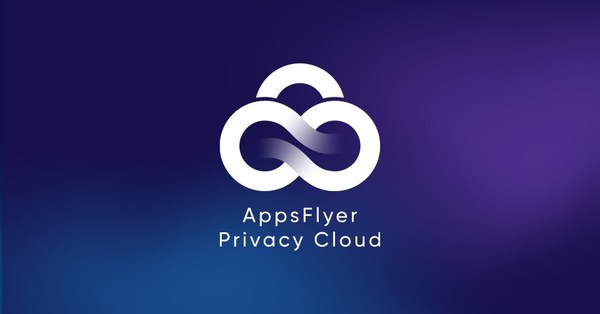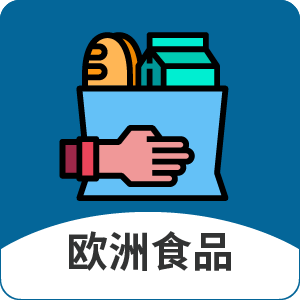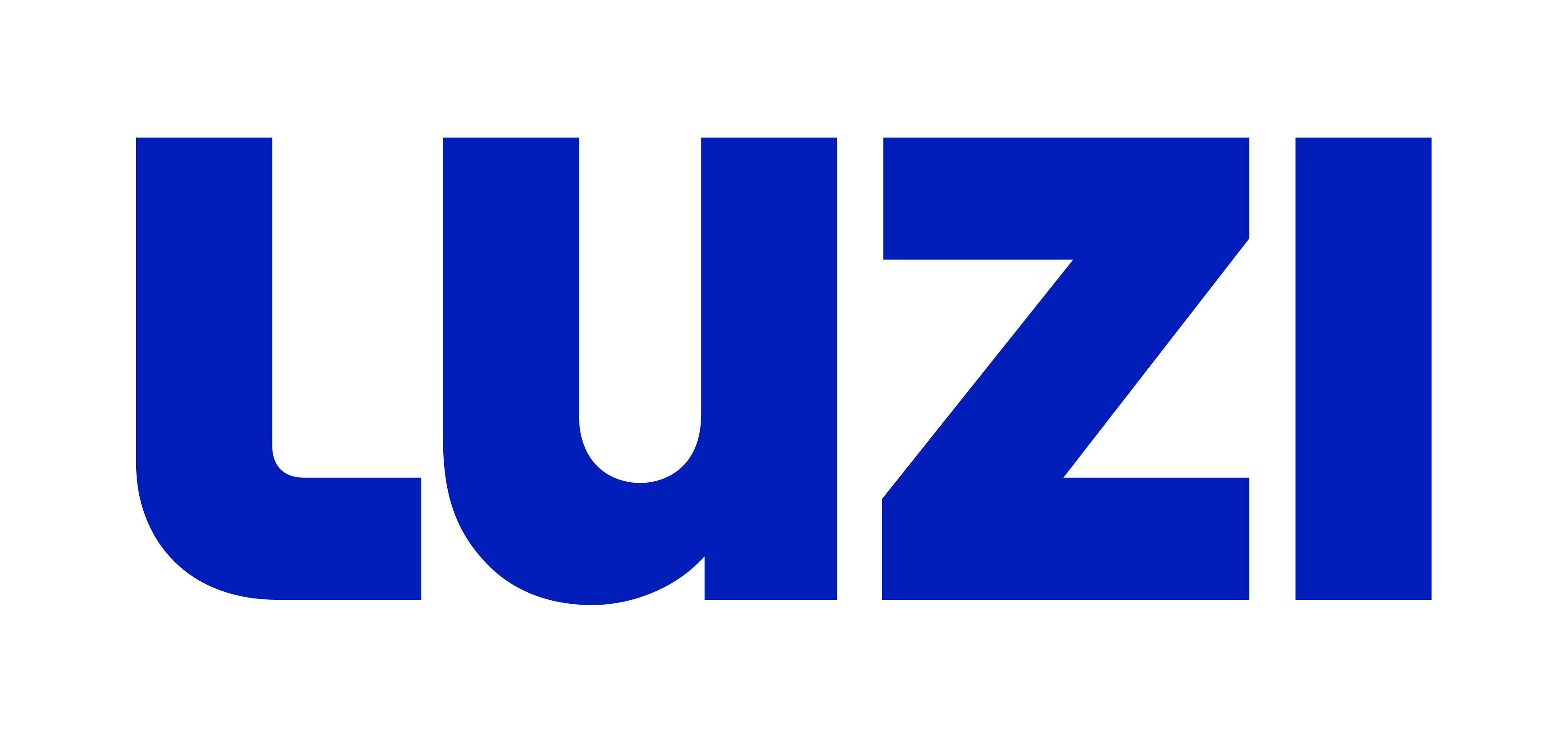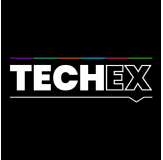By Adrien Germain-Thomas, Director Brands & Suppliers at Nfinite
In the consumer packaged goods (CPG) industry, visual appeal is everything. But it’s not the only thing. Convenience and cost are also important factors for CPG companies in the pursuit of driving customer loyalty.
The value of visuals is obvious. When products are visually appealing, they stand out and create a positive first impression. Good product visuals can evoke emotion, convey quality, and communicate brand strengths, ultimately drawing in consumers and influencing their purchase behavior.
But creating a superior visual experience must be done in a way that doesn’t cause production costs to soar and cut into margins. It requires careful consideration of design choices and techniques that maximize visual appeal and keep product images current, while keeping expenses in check. This is easier said than done: 71% of CPG executives say it’s hard to keep their images relevant and up-to-date, according to a recent study by Dimensional Research.
One of the real difficulties of maintaining current images is the time and resources required to continuously update visuals. Creating high-quality imagery of products takes a lot of effort, from planning photo shoots to post-production editing. And when products change frequently—as they must in today’s fast-paced market—the pressure to produce and update visuals in a timely manner is increased, which can strain resources and impact operational efficiency.
And the complexity doesn’t stop there. CPG companies regularly collaborate with external partners like advertising agencies, photographers, and graphic designers to create visual content. Ensuring effective communication and timely updates between these external partners and internal teams adds another layer of cost and complexity.
3 steps to get winning product visuals at a manageable cost
CPG companies must strike a balance between quality and cost when it comes to image creation. Often, cost wins. In a survey by Coresight Research, 44% of CPG respondents reported having limited background templates for product visuals. Moreover, 41% said they face high costs when it comes to the creation of product visuals. This financial constraint can hinder the willingness of CPG companies to invest in high-quality imagery that enhances the visual experience for consumers.
So what can CPG companies do? How can they get the superior visuals they need at an affordable cost? They can follow these strategies.
1: Focus on relevance and relatability
One way savvy CPG companies get more visual bang for their buck is by leaning into “lifestyle” images. They understand the value of images that show their products in real-world contexts and resonate with the real-life needs of their customers. Dimensional Research found that the vast majority of CPG executives now put a high priority on lifestyle images when marketing sale items (71%), new items (71%), and trendy products (67%).
This trend has been supercharged by social media. CPG companies are now compelled to engage with consumers in the digital spaces where they spend their time (TikTok, Instagram, etc.) and to depict their products in real-world use cases that are relevant and relatable to consumers in those spaces.
CPG brands can drive awareness and sales by adopting lifestyle-oriented visual approaches that click with consumers and drive engagement. A new study from Coresight Research reveals that 66% of survey respondents within the CPG sector are now seeking to create imagery set in lifestyle environments for their products.
2: Embrace CGI and 3D imagery
CPG companies should consider using CGI (computer-generated imagery) and 3D image creation to raise their visual game. These technologies can create realistic and customizable product visuals quickly and cost-effectively. But currently, the CPG industry is underinvested in CGI compared to other retail verticals. According to Dimensional Research, only 38% of CPG respondents reported extensively using CGI and 3D image creation. In contrast, 53% of respondents in the Home and Living sector and 49% in Clothing and Footwear reported extensive CGI and 3D imagery use.
This shows that CPG companies have a lot of runway to explore and leverage these technologies to elevate their visual content. They can use CGI to quickly build a library of diverse and customizable lifestyle backgrounds. They can invest in a wider range of background templates for more visually engaging and diverse product visuals to capture consumer attention and differentiate their offerings.
With CGI and 3D image creation, CPG companies can eliminate the need for costly and time-consuming photo shoots. For instance, suppose a premium wine producer is introducing a new line of luxury wines. Traditional wine label photography involves physically arranging bottles in a studio, and capturing various angles with professional cameras and lighting. It can be time-consuming, costly, and limited to the available physical bottles, making changes challenging once photos are taken.
Embracing CGI, the wine producer can craft 3D-rendered bottle images with accurate reflections, textures, and label art. These visuals allow them to showcase various label variations and place the bottles in vineyard landscapes seamlessly. CGI can even take the imagery one step further, depicting a glass of wine on a fancy tablescape to provide lifestyle contexts. The result is an accelerated label design, reduced production costs, and a captivating digital presence.
3: Optimize for mobile
It’s critical to think mobile-first when creating product images. For example, Target Circle is a mobile app for Target shoppers that features new deals each week. Given the limited screen space and consumers’ quick scrolling habits, images in the app need to stand out and capture attention quickly and effectively.
Target uses bold visuals, vibrant colors, and clear messaging to make an impact and limit distractions. It avoids overly complex imagery and extensive editing, which further cuts costs. This strategy enables Target to reach millions of shoppers while maximizing the impact of its promotional campaigns.
Following these three strategies, CPG companies can elevate their visual game without pouring costly resources into time intensive photo shoots. This three-part approach to content creation helps create a compelling narrative that connects with consumers and drives sustainable business growth in a hyper-competitive market.
 Adrien Germain-Thomas is the Director of Brands & Suppliers for Nfinite, a virtual photography platform that enables brands and retailers to build, manage, and display product visuals, grow their business, and deliver better customer experiences. Previously, he held positions at Kantar, working with leading CPG brands, for nearly 10 years.
Adrien Germain-Thomas is the Director of Brands & Suppliers for Nfinite, a virtual photography platform that enables brands and retailers to build, manage, and display product visuals, grow their business, and deliver better customer experiences. Previously, he held positions at Kantar, working with leading CPG brands, for nearly 10 years.
 Pages you might like
Pages you might like








 Latest information
Latest information
 Follow official account
Follow official account
 Online support
Online support
 鄂ICP备2022017323号
鄂ICP备2022017323号
 鄂公网安备 42018502006493
鄂公网安备 42018502006493
 Launch Exhibition
Launch Exhibition
 Release information
Release information



 Today's topic
Today's topic
















